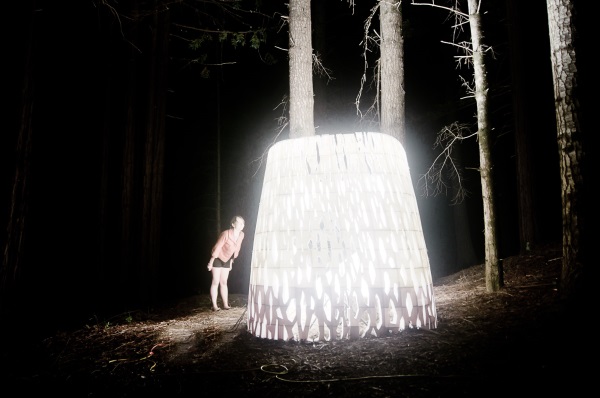3D Printed Architectural Structure…hmm…
This was in the AISA Cross Sections email newsletter today, “World’s First 3D Printed Architectural Structure.”
Here’s what I think. I am not blown away by it, yet I don’t dislike it. It looks fun to make, and it never is ‘not exciting’ to play with a 3D printer (I enjoyed it myself very much in Grad school). However, at the end of the day, this project still looks more like a 3D printer demonstration–“see what the 3D printer can do,” or “I do this because I can.” The structural form is not exactly innovative, it is a copy of the structure of sea sponges, an exact copy of nature–like model trees, but instead of scaling down, this is a scale up of the natural thing. So the process of making this is less of creative design process, but a mechanical task–make a form that looks “right” in a 3D software (20%), then the 80% of the work is to divide it into pieces so that the printer can print (and work with various technical parameter). Sure, they thought about the structural integrity of the thing, but the blocks are pretty light, it is almost a freebie; I think it just worked without the makers really worrying about it. At a closer look, the members of the structure actually look quite massive and clunky; if we can 3D print this, implying that it could save a lot of human labor, or do what we normally can’t do, shouldn’t we take advantage of that? Actually, I need to correct that, human CAN do this, and we had been doing carving and sculpturing hundreds of years ago, making delicate things without a 3D printer. Just think of the Taj Mahal. As an art piece, it still lacks the intellectuality or depth that is in works by Eva Hesse or Joseph Beuys. Sure sure, these are just budding artist and architect, they are “finding their way.” Well, I hope their future work will be more insightful.
Thought: What should we use 3D printing for?

